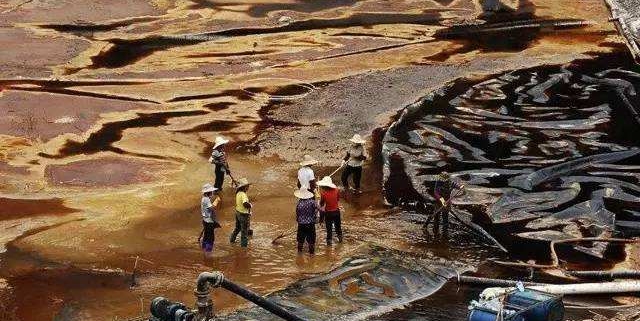Soil remediation is a technical measure to restore the normal function of contaminated soil. In the soil remediation industry, there are more than 100 existing soil remediation technologies, and more than ten commonly used technologies, which can be roughly divided into three methods: physical, chemical, and biological.
Fundamentally speaking, the technical principles of remediation of contaminated soil can include:
(1) Change the existing form of the pollutants in the soil or the combination with the soil to reduce its mobility and bioavailability in the environment;
(2) Reduce the concentration of harmful substances in the soil.
Soil remediation techniques are summarized as follows:
1. Thermodynamic remediation technology, using heat conduction, thermal blankets, thermal wells or thermal walls, etc., or thermal radiation, radio wave heating, etc. to achieve the restoration of contaminated soil;
2. Thermal desorption repair technology, heating the soil contaminated with organic matter above the boiling point of the organic matter by heating, so that the organic matter in the adsorbed soil volatilizes into a gaseous state and then separated and processed;
3. Incineration method, incineration of contaminated soil in an incinerator to volatile and semi-volatile high-molecular-weight harmful substances, and decomposition into low-molecular flue gas through dust removal, cooling and purification treatment to achieve flue gas emission standards;
4. Landfilling method, using waste as a slurry, applying sludge into the soil through fertilization, irrigation, adding lime, etc. to adjust the nutrition, humidity and PH value of the soil to maintain aerobic degradation of pollutants in the upper layer of the soil;
5. Chemical leaching, soil leaching is a soil remediation method that uses the leaching solution to transfer the heavy metals in the solid phase of the soil to the liquid phase of the soil, and then further recycles the waste water rich in heavy metals. The leaching method is only suitable for medium-loam soil, sandy loam soil and sand soil with good water permeability. It is difficult to implement on clay, and sand can be added to increase the leaching rate. The leaching method has a good effect on the treatment of heavily contaminated soil, but it is easy to cause groundwater pollution. Although heavy metal ions can be leached out of the soil, it can also cause the loss of nutrients in the soil and cause the decline of soil fertility.



